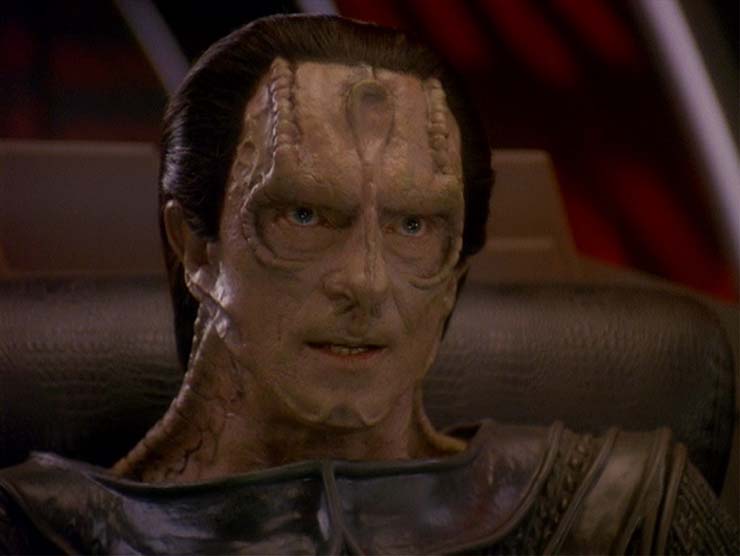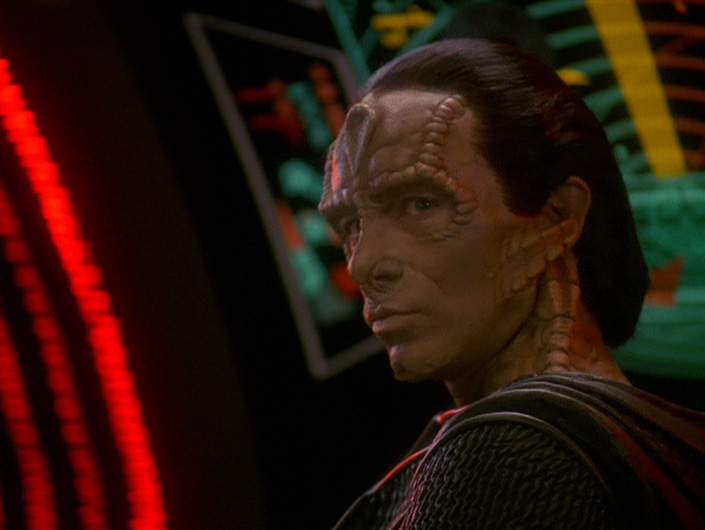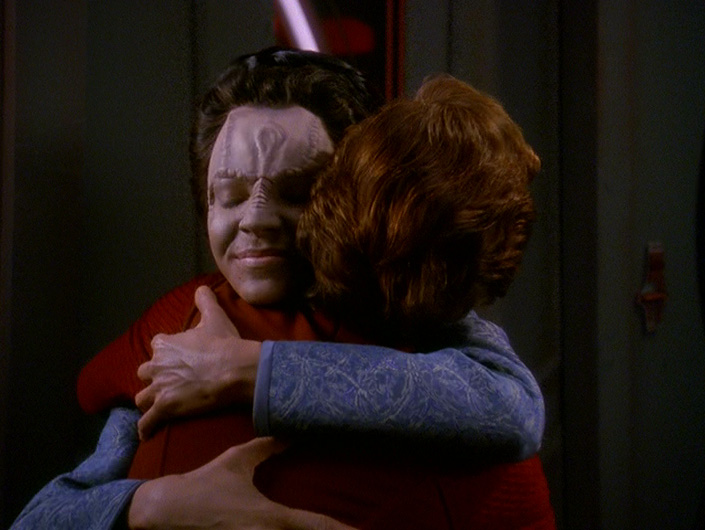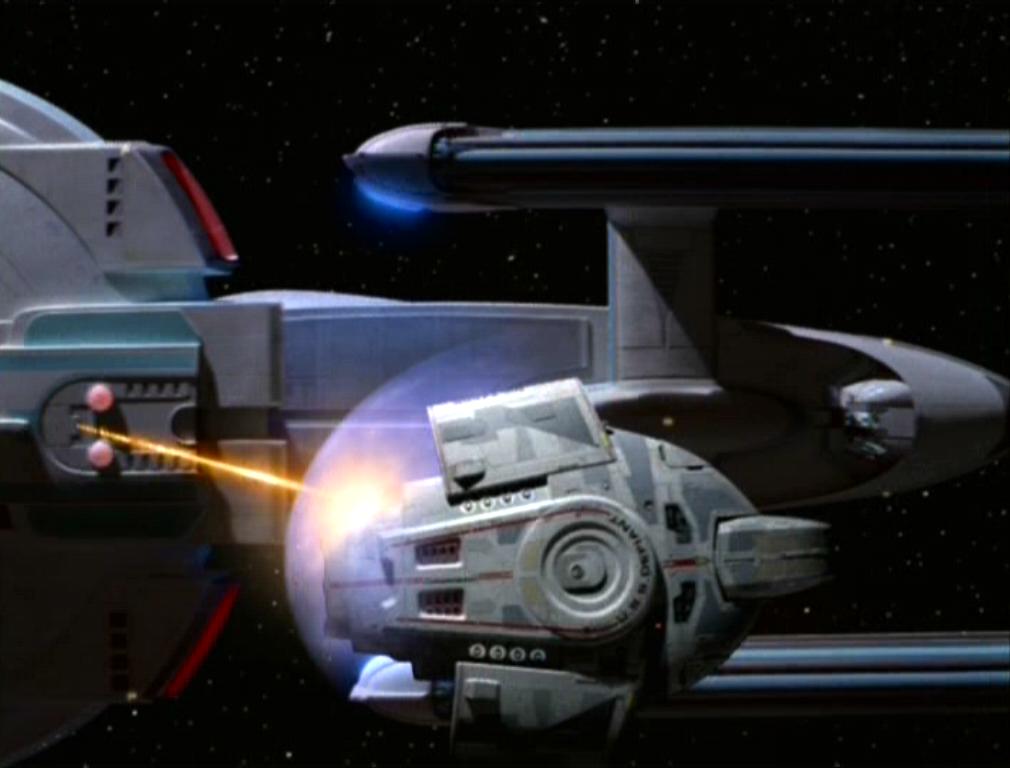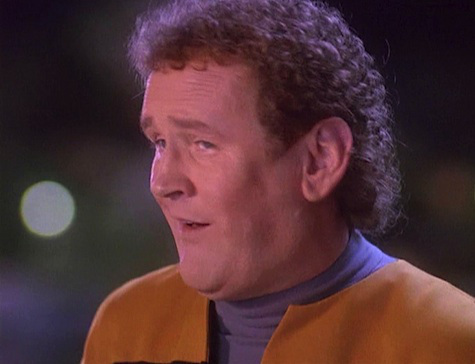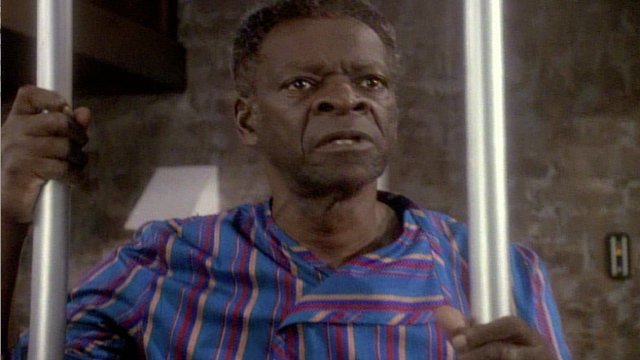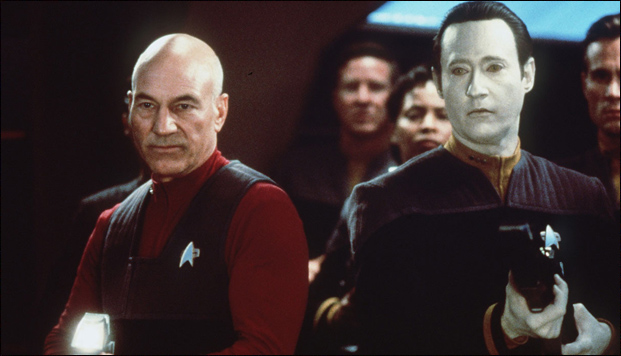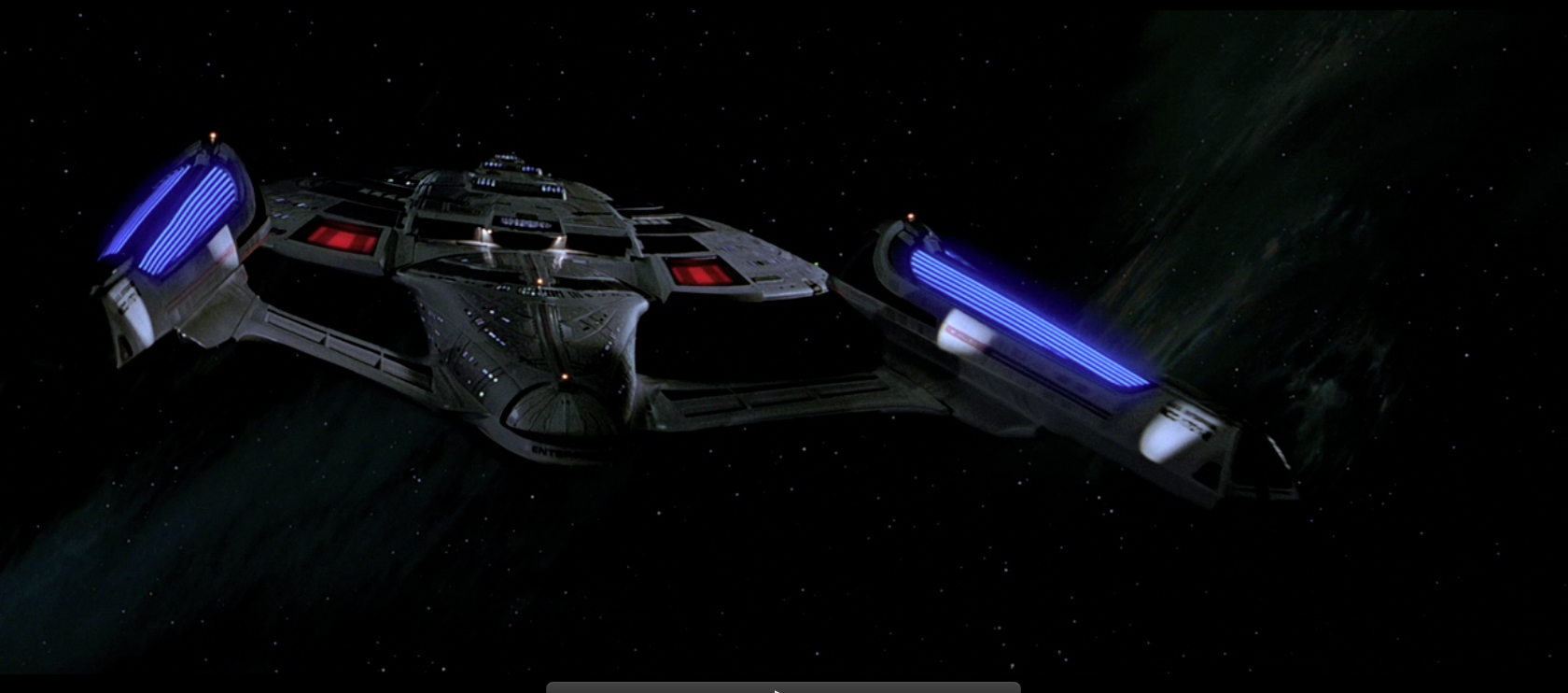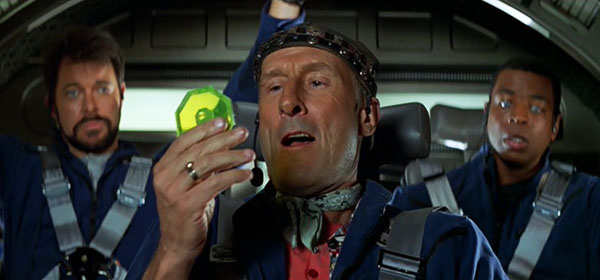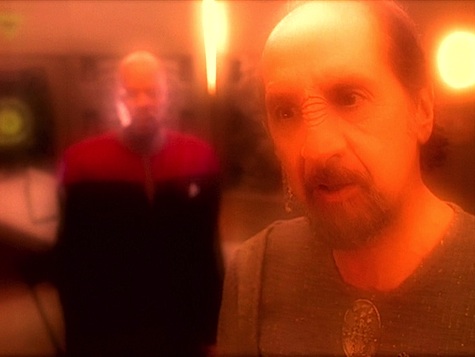
An old Bajoran ship emerges from the wormhole and its pilot is Akorem Laan (Richard Libertine, otherwise known as the editor on “Fletch”) a famous poet lost for two centuries. He’s convinced that he’s the Emissary as he found the wormhole and the prophets first. Sisko’s initially relieved, but Akorem starts messing things up by saying the Bajorans should revert to a strict caste system. Such a system would prevent Bajor from joining the Federation and prompts a crazy vedek to kill someone from an unclean sect. Sisko and Akorem go into the wormhole, and it turns out the whole endeavor was a sort of test for Sisko (seems like “The Matrix” creators watched this episode). Akorem is sent back to his own time, the caste system is abandoned and Sisko finally starts to embrace his role as Emissary.
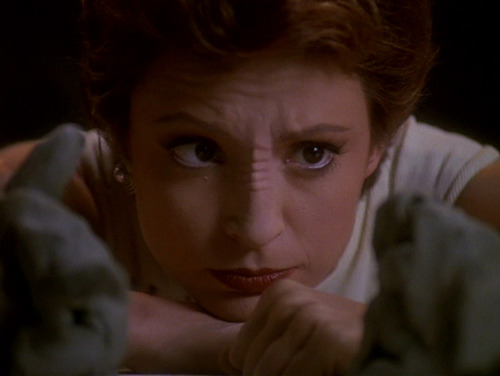
Why it’s important
Much of the Bajoran stuff from DS9’s first couple seasons was forgotten by mid- to late-DS9. That’s too bad in some ways, as the trilogy to start season two was really good TV. But its lasting consequences were minimal as Bajor just sort of fell in line (other than our old buddy Kai Winn) as the series went on.
But Sisko’s role as Emissary became increasingly important. Having him embrace it here was crucial for the character, as Sisko went from a career Starfleet officer — see his discussion with Worf at the end of “The Way of the Warrior” — to a person who embraced being a religious figure. For three-and-a-half seasons, this was a point of tension for Sisko. After “Accession”, Sisko not only takes the Emissary ball. He runs with it.
Also of importance is the idea that the prophets are “of Bajor” a point first made here. What exactly this means is never explained, but the fact that the prophets have a stake in what happens in linear time is a very important factor in what we see later, particularly in the Dominion War.
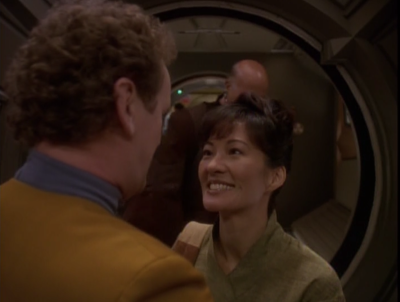
What doesn’t hold up
Of course, the change in the prophets is rather abrupt. Back in “Emissary”, the prophets just sort of tolerated passage through the wormhole and didn’t get linear beings. The Bajorans had built a religion around them, but it certainly appeared as if the prophets hadn’t done anything intentionally to stoke that — even if the orbs they sent were at the center of the Bajoran faith.
Here, it’s pretty clear the prophets helped propagate the religion. Their earlier connection to Bajor isn’t explained — which is fine — but the break from what we saw in season one is abrupt. Now, we learn later that the prophets occasionally would change things after learning about them, so maybe after “Emissary”, they decided to up their game. But that doesn’t make sense for a species that knows no difference between now, the past and the future.
Lastly, I’m surprised no Bajorans wondered whether Sisko did something untoward to Akorem. Remember that these are the same people who very quickly decided Sisko wasn’t the Emissary. Wouldn’t someone have asked some tough questions? Hell, it’s kind of amazing that Kai Winn — who is said to have sided with Akorem — didn’t pop up and fight Sisko.
Final thoughts
A lot of people don’t like the Bajoran DS9 stuff, but I think that had more to do with timing than anything. The Bajoran infighting happened while the series was really getting its sea legs. I think the issue isn’t that the Bajoran stuff was weaker material. I just think it mostly occurred when the actors and writers were fine-tuning their games. Avery Brooks, in particular, grew into the Sisko role as the series went on. Heck, the scene here with Nana Visitor, in which Kira tells Sisko she plans to leave to follow her caste and become an artist, is one of the stronger character moments in the series — especially if you remember where the characters started when the series began.
Now, maybe you could argue that DS9 as a series really took off when the stakes were greater — when the fate of the galaxy was in play, instead of the fate of one (relatively) insignificant planet. Of course, that’s one of DS9’s lasting legacies, that what was at first a rather inconsequential setting became so important in the greater Star Trek tapestry.
This episode also has one of DS9’s best laugh-out-loud moments. The subplot involves Keiko returning to the station and telling O’Brien she’s pregnant. The stuff with O’Brien and Bashir missing each other is nice (if a little forced) but Worf’s reaction to learning Keiko’s preggers — Worf, of course, delivered Molly O’Brien back on TNG — is priceless. A written summary doesn’t do it justice, so just go watch the episode.
Oh, and because it pops up here — when Quark tells O’Brien and Bashir about their usual Thursday night holosuite fun — does it bother anyone else that DS9 uses traditional Earth days? Keep in mind that the Bajoran day is 26 hours long …
Coming later this week …
Is Sisko sleeping with the enemy? Seriously, that was in the old promo.

